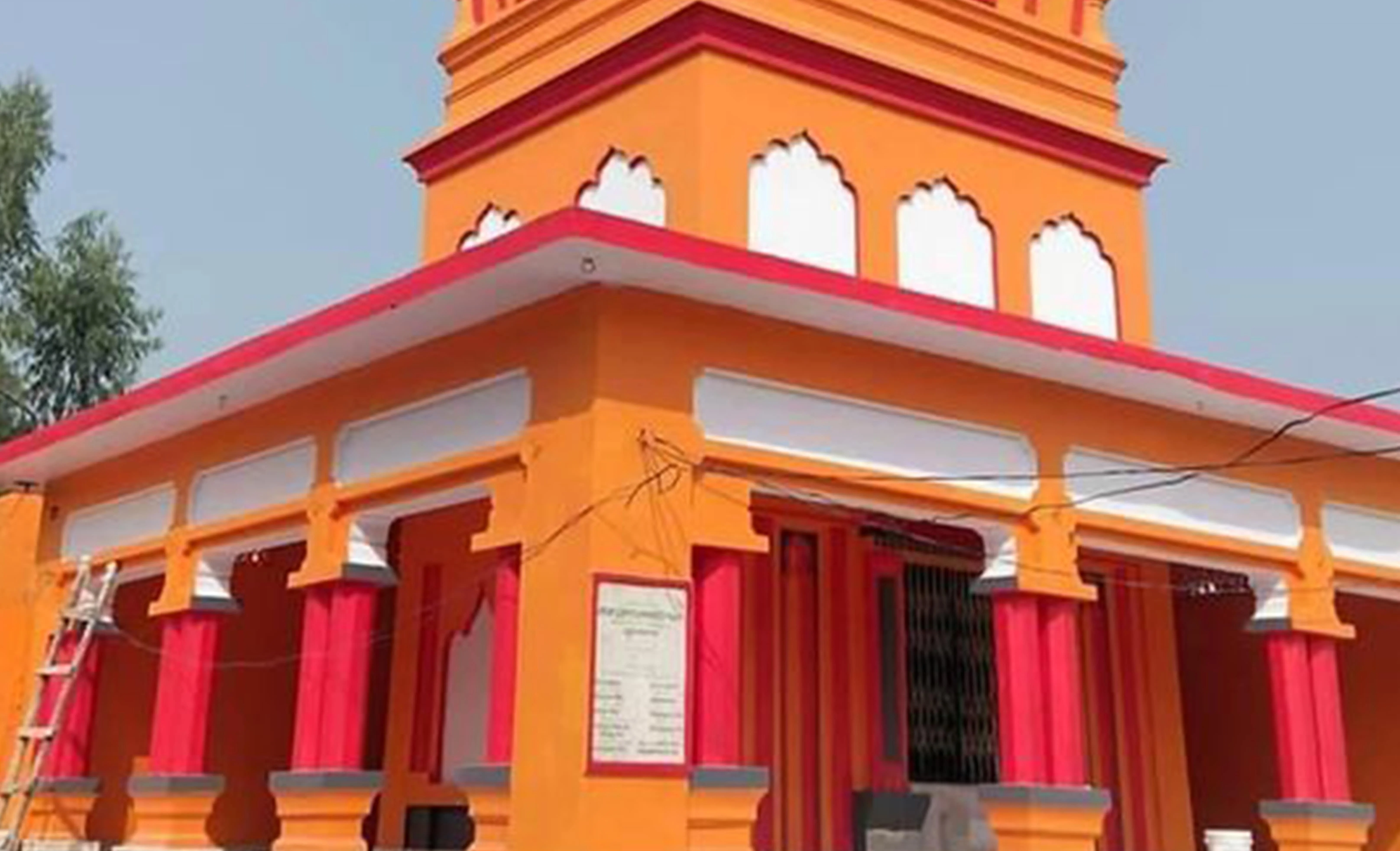
Raja Dashhrath Samadhi
Raja Dashrath Damadhi Temple in Ayodhya is a significant religious site dedicated to King Dashrath, the father of Lord Rama. The term "Damadhi" translates to "final resting place" or "tomb." Therefore, this temple is believed to mark the final resting place of King Dashrath, making it a site of deep reverence and importance in Hindu tradition. King Dashrath is a central figure in the epic Ramayana. He was the ruler of Ayodhya and the father of four sons: Rama, Bharata, Lakshmana, and Shatrughna. King Dashrath's life was marked by both great joy and profound sorrow. He was deeply devoted to his sons, especially Rama, and his love for them is a significant theme in the Ramayana.
The backstory of the Raja Dashrath Damadhi Temple is tied to the poignant events in the Ramayana. According to the epic, King Dashrath faced immense grief when he was compelled to exile his beloved son Rama to the forest for 14 years due to a promise he made to his wife, Queen Kaikeyi. This promise, made in a moment of love and trust, led to the separation of Rama from Ayodhya, causing great sorrow to the king. Overwhelmed by the pain of this separation, King Dashrath passed away while longing for Rama's return.
- The Raja Dashrath Damadhi Temple serves as a memorial to King Dashrath's profound love for his son and his tragic demise, drawing devotees who seek to honor his memory and express their reverence for his sacrifice.
- Architecturally, it embodies traditional North Indian style with a simple yet dignified structure. Inside, an idol of King Dashrath in a meditative pose symbolizes his noble character and just rule.
- Devotees visit to offer flowers, incense, and prayers, seeking blessings for strength, resilience, and the fulfillment of their duties.
- During religious festivals and Ramayana-related occasions, the temple becomes a hub for rituals and ceremonies that commemorate King Dashrath's life and values.
- Beyond its religious role, the temple holds cultural significance in Ayodhya, serving as a place where visitors learn about the Ramayana and Hindu traditions, fostering a sense of community and shared heritage.
Browse All
- Hanuman Garhi Mandir
- Ram Janmabhoomi
- Kanak Bhawan
- Nageshwarnath Temple
- Sita Ji ki Rasoi
- Swarg Dwar Temple
- Sri Mani Ram Das Chhawni
- Raj Dwar Temple
- Tretanath Mandir
- Guptar Ghat
- Ram ki Paidi
- Military Temple
- Jain Temple
- Sankat Mochan Hanuman Mandir
- Badi Devkali Devi Temple
- Janki Ghat
- Matgajendra Temple
- Shri Kale Ram Temple
- Shri Ram Janki Birla Temple
- Makhauda Dham
- Raja Dashhrath Damadhi